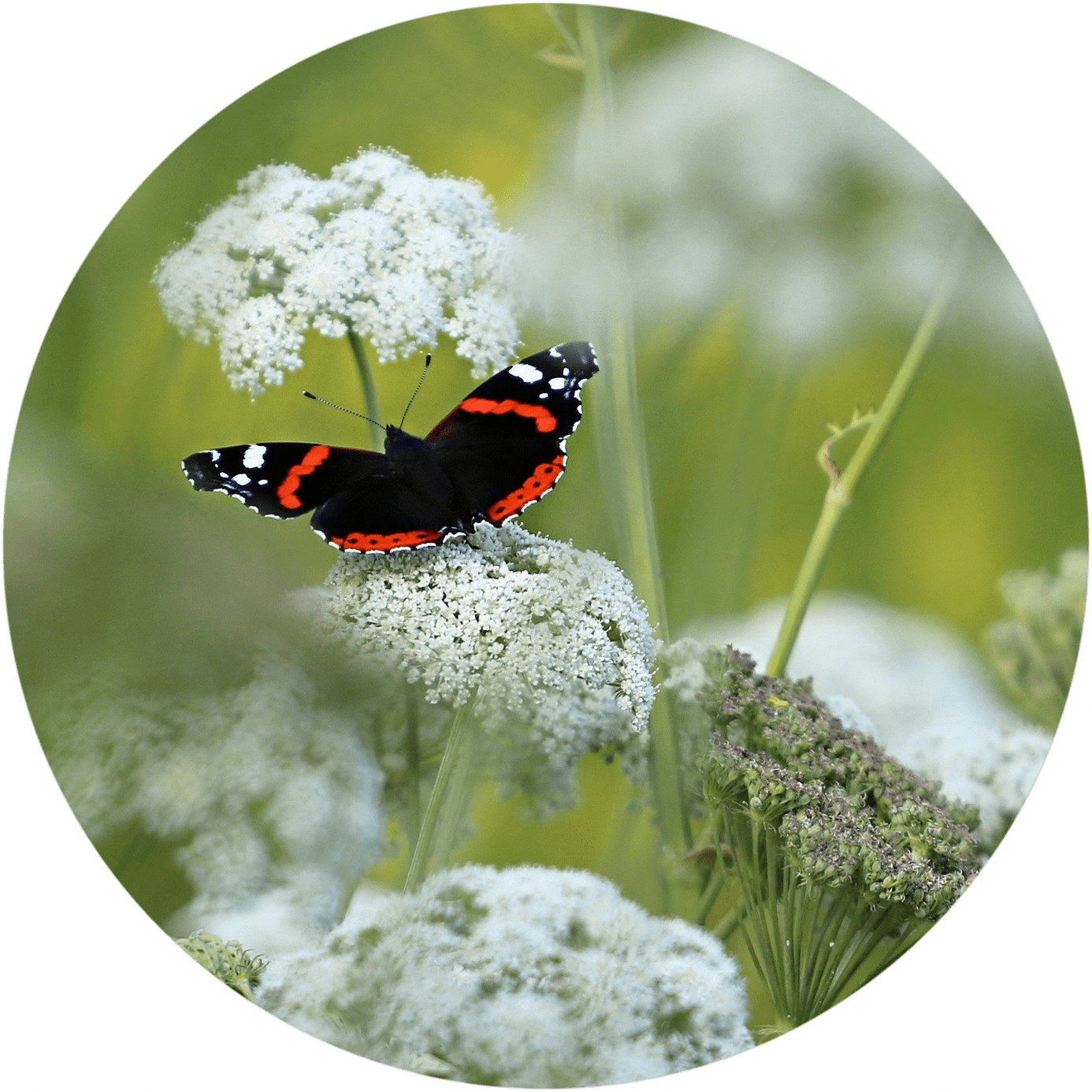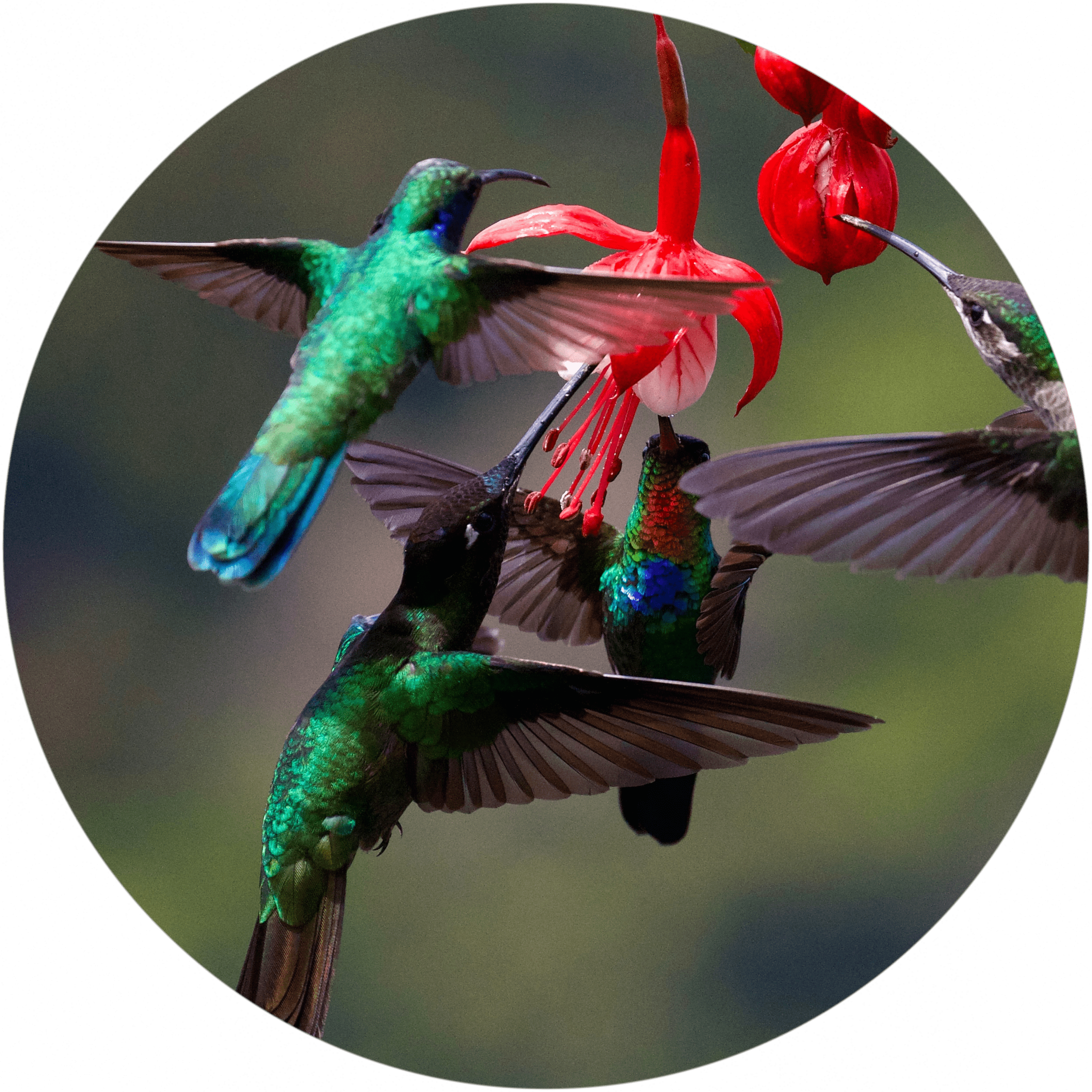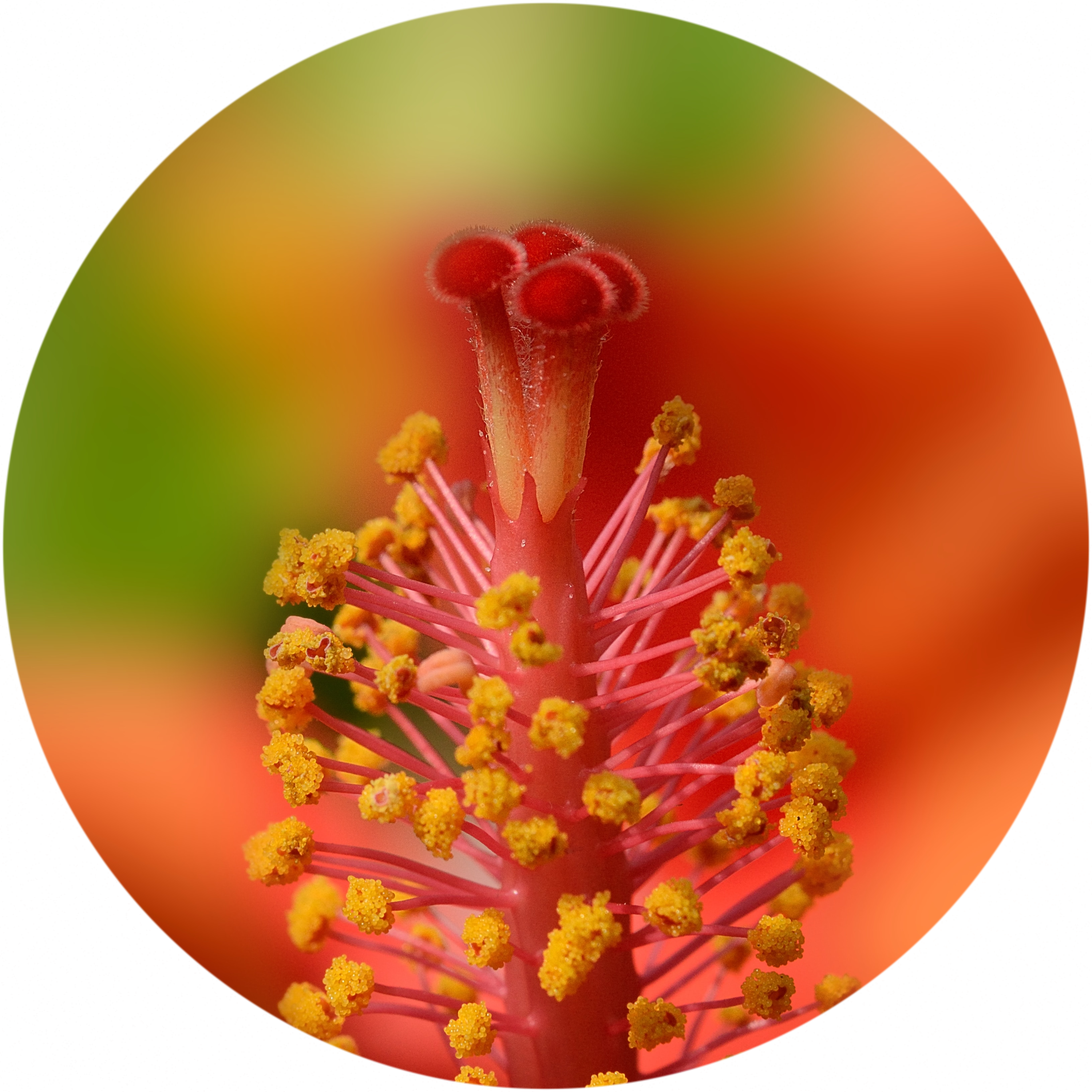The importance of pollinators
Plants depend on pollination. Nearly ninety per cent of wild flowering plants need pollinators like bees to transfer pollen for successful sexual reproduction. In turn, these plants are critical in the functioning of ecosystems. They provide food, form habitats and provide a wide range of other resources for many animal species. Pollinators consequently play a key role in regulating ecosystem services supporting food production, habitats and natural resources.
Globally nearly 90% of wild flowering plant species depend on animal pollination.


They are fundamental for the conservation of biological diversity and for the adaptation of human food production systems to climate change. Pollinators have a crucial and increasing role in the food production process. The production volume of pollinator-dependent crops has increased threefold over the last five decades, making us more dependent on pollination. These crops include fruits and vegetables and are essential for human diets and nutrition, since they provide us with vitamins and minerals.
More than 75% of leading global crop types benefit from animal pollination in production, yield and quality.
Pollinators, like bees, form an important aspect in global economic systems and social activities and traditions. Around five to eight per cent of current global crop production is directly ascribed to animal pollination, which equates to somewhere between 235 and 577 billion American dollars worldwide. They also provide main resources, such as biofuels, fibres like cotton and linen, and construction materials. Socially, pollinators are embedded in local cultures and traditions. They provide resources for the creation of musical instruments, arts and crafts, but also give inspiration to art, music, literature, religions, traditions, technology and education.
Around 5-8% of current global crop production is directly ascribed to animal pollination, which equates to somewhere between 235 and 577 billion American dollars worldwide.
But pollinators are under threat. Both the abundance, diversity and health of pollinators are threatened, as well as the provision of pollination. Click on the tabs below to find out more about the threats to pollinating species and their habitats.

What are the threats?
Human activities threaten pollinators. Both the abundance, diversity and health of pollinators are threatened, as well as the provision of pollination. In recent decades, climate change has altered the range, abundance and seasonal activities of some wild pollinator species. Humans have altered the natural landscape and changed land use, reducing the natural habitat of wild pollinator species. Simultaneously, environmental pollution has degraded the natural habitats. Habitat destruction, fragmentation and degradation often reduce pollinators’ food and nesting resources.
Contemporary forms of agriculture have changed the influence of pollinators with a shift to large-scale and artificial forms of pollination. Intensive agricultural management is a leading threat to pollinator species.
Controlled forms of pollination by managed pollinators have brought in risks. Mass breeding and large-scale transport of managed bees contributed to an enhanced transmission of parasites and pathogens. This spreads diseases across the entire community of both wild and managed pollinators. Additionally, it increases the occurrence of more dangerous pathogens, alien species invasions and regional extinction of native species.
Observations of decline
Despite the challenges to providing insight into the extent of the threat to pollinators and to provide exact numbers, research shows declines in abundance and diversity. In Northwest Europe and North America, the occurrence and diversity of wild pollinators have declined at local and regional scales. Vertebrate pollinator species such as birds and bats, but also primates, lizards and rodents are declining. According to The International Union for Conservation of Nature (IUCN) almost seventeen per cent of the vertebrate pollinators are threatened with global extinction, increasing to as much as thirty per cent on islands.
Such numbers are not available for insect pollinators, but regional and national assessments indicate high levels of threat for some bees and butterflies. National Red List Assessments show that often more than forty per cent of bee species are threatened. In Europe, nine per cent of the bee and butterfly species available for research are threatened and thirty-seven per cent of bee populations are declining. The population decline of butterflies is thirty-one per cent.
